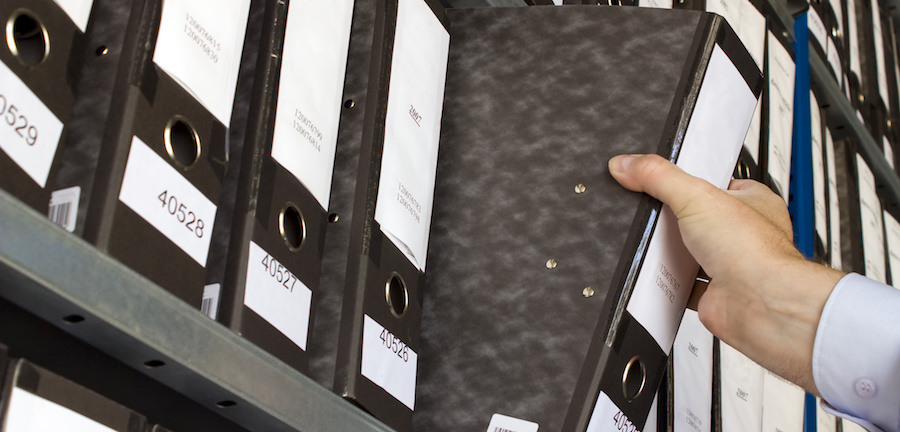Each company in the process of functioning is forced to prepare a huge number of documents. They relate to the selected tax regime, employees or cooperation with major contractors. So that every employee of the enterprise could find the necessary documentation, it requires competent and structured storage. Many documents must be in the company for more than 75 years, since they contain information about the employees of the enterprise. Therefore, competent archiving of documents in the organization is required. If the company is large, then it is advisable to create your own full archive. But in small organizations, papers are simply stored in a separate cupboard.
Archiving Rules
Archiving documents is a mandatory process for each company, which is indicated in the provisions of the Federal Law No. 125. In small companies, all the necessary actions are performed by the secretary, but in large organizations a separate employee is engaged in archiving.
The appointed employee must know the requirements of the law regarding the archiving of personnel documents in the organization, and must also understand the retention periods of various documents. For this, separate papers are started for different papers. The documentation related to the personnel of the company should be stored for at least 50 years if the papers were created after 2003, and if the organization has documents formed before 2003, then they must be kept for 75 years.
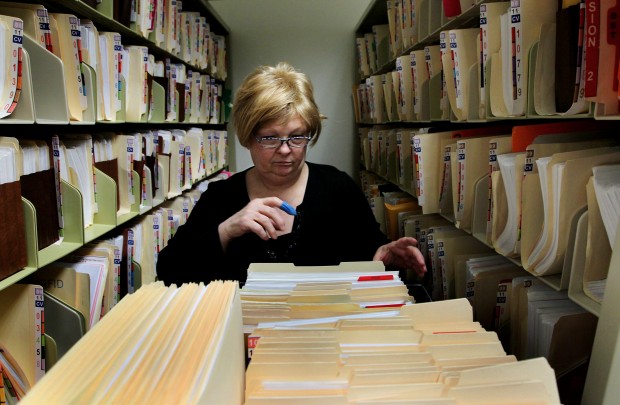
The nuances of creating an archive
In large companies, a huge number of documents are generated during the course of business, so they are stored in a separate room called the archive. It is represented by a separate structural unit, and during its creation a special Regulation is issued by the management, which is the local regulatory act of the company.
It is in this Regulation that the basic rules for archiving documents in the organization are given, as well as the responsibility of the officials involved in this process for various violations detected.
Process rules
During archiving of documents in the organization, the following rules should be taken into account by the designated responsible employee:
- documentation is transferred to the archive only by inventory;
- if papers are filed into the work of any employee, it is important to take into account the requirements of special guidelines so that in the future it is easy to find the right document;
- each department of the company must transfer the documents for storage to the responsible person within the time limits established by law;
- if for various reasons the schedule is violated, on the basis of which different documentation is transferred to the archive, the official must inform the head of the company about this fact.
The literacy of compiling the archive depends on the correctness of this process.

Process goal
Archiving of documents in the organization is required to optimize all documentation, as well as for its competent storage. If there is a well-structured archive, any employee of the company, if necessary, will be able to find different documents related to the staff, different orders or counterparties.
Increasingly, companies are switching to electronic document management, so all documents are stored in a computer, for which an electronic version of the archive is being formed.But this takes into account that documents have legal force only if there is a paper format, therefore electronic storage of documents acts only as an addition to the standard archive.
Archiving procedure
The procedure for archiving documents is the same for all companies, but each organization can make its own adjustments. The standard procedure is divided into the following steps:
- Initially, the features of documents that are prepared for transmission to the archive are highlighted;
- if necessary, additional actions are carried out, which include stapling of papers or making various additions;
- documents are adjusted, which makes it possible in the future to easily find the necessary papers in the total mass of documentation;
- unnecessary documents are destroyed legally, since they do not represent any value for the operation of the enterprise;
- documents are systematized, after which they are stitched based on their type;
- papers are divided into the following types: accounting, personnel or management;
- if it is impossible to classify any papers as the above types, then they are combined and entered into a separate case;
- each seal is affixed with the seal of the organization, as well as the signature of the authorized employee;
- an inventory is formed for each case containing information about which documents are located in a particular folder;
- catalogs of cases sorted by type are made;
- all correctly prepared cases are sent for storage to the archive, which is usually presented as a separate room, in which there are a large number of convenient racks.
The procedure is carried out only by an authorized person, endowed with the necessary authority by the head of the organization. If any rules for archiving documents are violated or documentation is completely lost, then this particular employee of the enterprise is responsible for the violations identified.
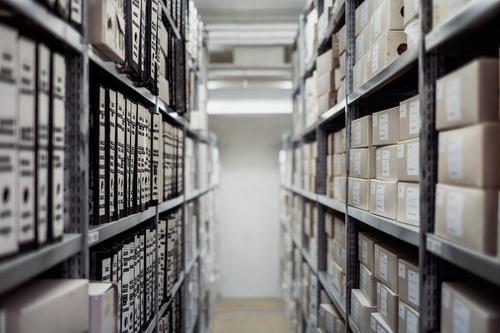
Features of the compilation of the nomenclature
If the company has really a lot of papers, then when archiving documents in the organization, a nomenclature of cases is compiled. With its help in the future it will be possible to easily find the right thing among the numerous folders.
When compiling the list of cases, the following information shall be indicated:
- the index of the specific case, represented by the assigned conditional number, the first part of this number being the department code from where the documents were received;
- name of the case;
- number of papers stored in the folder;
- the period during which these documents should be stored on the basis of legislative requirements;
- different notes that are left by the person in charge, for example, you can indicate that a particular case has an additional electronic version.
In small organizations, where not too many documents are transferred to the archive annually, the nomenclature of cases may not be compiled.

Rules for the publication of the “Regulation on the Archive”
In large companies, the archive is presented in a separate room, in which for a long period of time a huge number of files and documents are stored. At the same time, the organization employs a specialist exclusively engaged in archiving documents. In order for his work to be clearly regulated, company executives often publish and consolidate a special “Regulation on the Archive”. The rules for its use include:
- it is indicated what kind of work should be performed by the responsible person;
- rules for transferring documents from different departments to the archive are given;
- lists the rules for registration of inventory and nomenclature of cases;
- information on the correct preparation of papers that are transferred to the archive is entered;
- it is indicated that the appointed employee should be involved in reconciling the composition of the documents, as well as their execution.
If the archive employee determines that there are any violations in the documentation, the papers are sent for revision to the appropriate department of the company. If there are no errors or shortcomings, then the papers are accepted for stitching. If the information is difficult to read, a copy of the document is made.
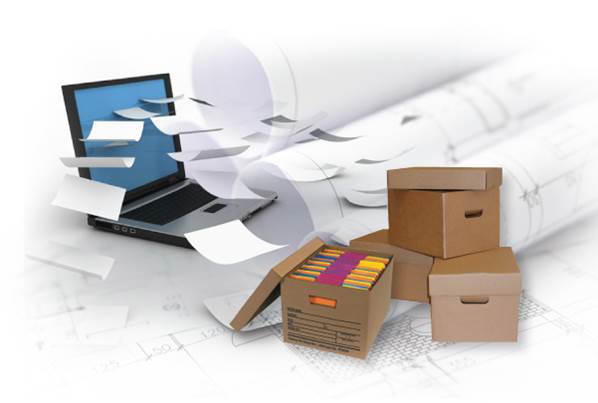
Archive Requirements
Each company should take into account the basic requirements for the correct archiving of documents in the organization. Record keeping should be subject to the basic conditions of the law. In large companies, the archive is represented by a separate room, which must be protected from company employees or by unauthorized persons. Therefore, during the creation of this unit, the following requirements are taken into account:
- the premises must be isolated from other departments and offices;
- it establishes a fire and burglar alarm;
- the size of this room depends on how many documents are transferred to the archive every year;
- special long racks are installed in the room, and it is advisable to choose metal structures;
- between the racks there is a distance that cannot be less than 75 cm;
- the length of the shelves can be different and depends on the height of the ceilings;
- Additionally, special safes are installed in the room, in which the most valuable and important documents are located.
In each company, the area of the selected premises can be completely different, since various factors are taken into account for this.
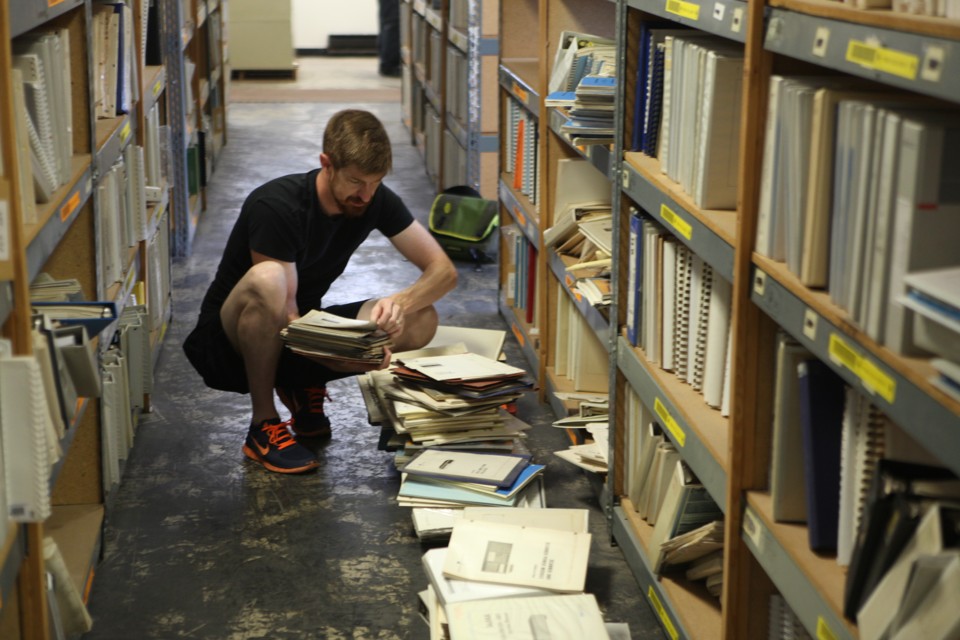
How are things prepared properly?
Archiving of accounting documents is allowed only after competent preliminary preparation of this documentation. Therefore, before sending this or that paper to the archive, you must perform the following steps:
- initially, the responsible person must make sure that the truly transferred documentation is not required in the process of conducting the current activities of the company;
- a description of the documents and the direct case is made;
- an examination is carried out to make sure that the documentation and cases are really valuable, therefore they must be stored in the company for a certain period of time;
- if necessary, documents are filed, copied or adjusted, and only then transferred to the archive.
Orders relating to hired employees and having different storage periods should be laid out for different cases, because if they are mixed, then there may be confusion during the destruction of certain papers.
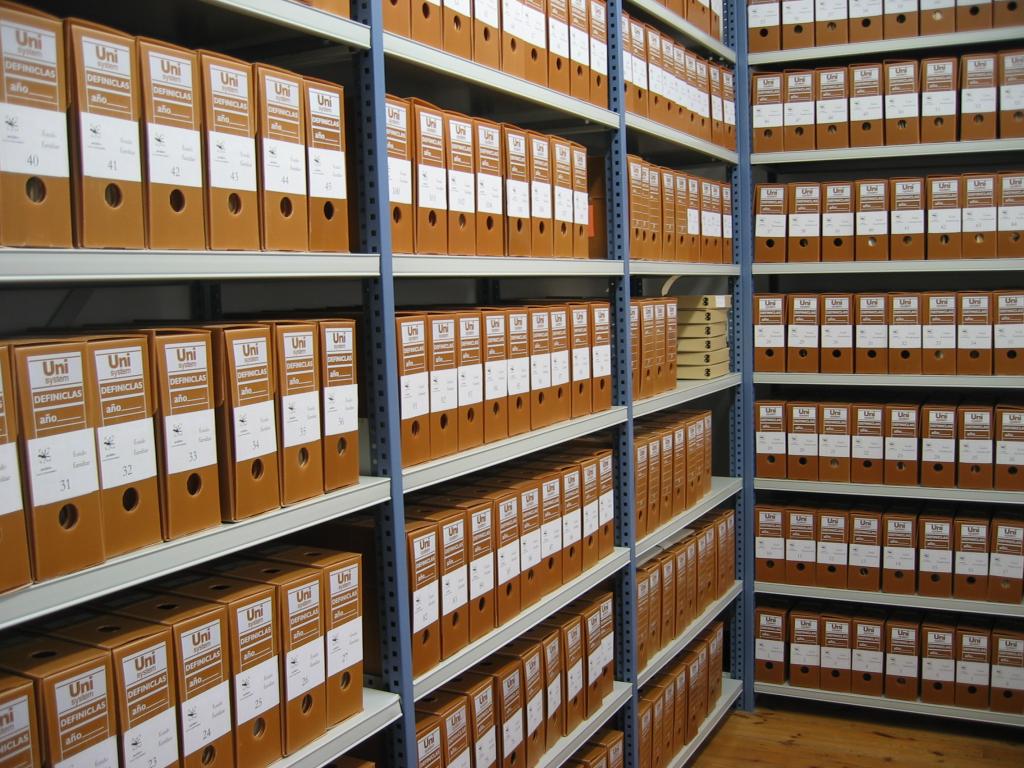
The nuances of working with queries
Archiving of personnel documents and other papers that are formed during the work of the organization is carried out by a responsible employee who receives a certain salary for his activities. If the head or other employees of the company need to study any documents available in the archive, they must apply with a special request to the appointed person.
Information from the archive is issued in the form of an archive certificate, copy or extract. The certificate is presented by a document, which includes archival information about the requested subject.
An archived copy is represented by reproducing text or a picture from a document stored in the archive. Additionally, it provides search data.
An extract verbatim reproduces only a certain part of the documentation. To do this, the employee making the request must indicate on which particular issue information is required.
Conclusion
Many documents created during the work of the company must be stored for a long period of time. To create optimal conditions, an archive is created in the company, presented by a separate structural unit. In addition, a responsible person is appointed who is responsible for accepting documentation in the archive. The same specialist responds to requests from other employees and managers.
When archiving the documentation, certain rules and requirements must be taken into account that allow you to correctly structure the paper, as well as provide them with ideal storage conditions.
